In 1981 the U.S. Department of Energy realized it had a major nuclear waste problem. The waste had been accumulating for the better part of 40 years and was likely to remain deadly to humans for at least 10,000 years. In the past such waste had been dumped into the sea at more than 50 sites in the Atlantic and Pacific oceans, but international treaties and the potential environmental impact meant this was no longer an option. Nor could the waste simply be blasted into space, as some had suggested; if something were to go wrong en route, the rocket could inadvertently irradiate the atmosphere, or scatter radioactive waste onto population centers. The only option was to bury the waste, and that led to a big question. How, exactly, could you warn future generations where you had put it?
The Department of Energy assembled a dream team of communications experts, archaeologists, social scientists, and long-term climatologists to crack the problem. They were called the Human Interference Task Force, and their work would spawn ideas ranging from elaborate monoliths and buried vaults to glow-in-the-dark cats and invented religions.
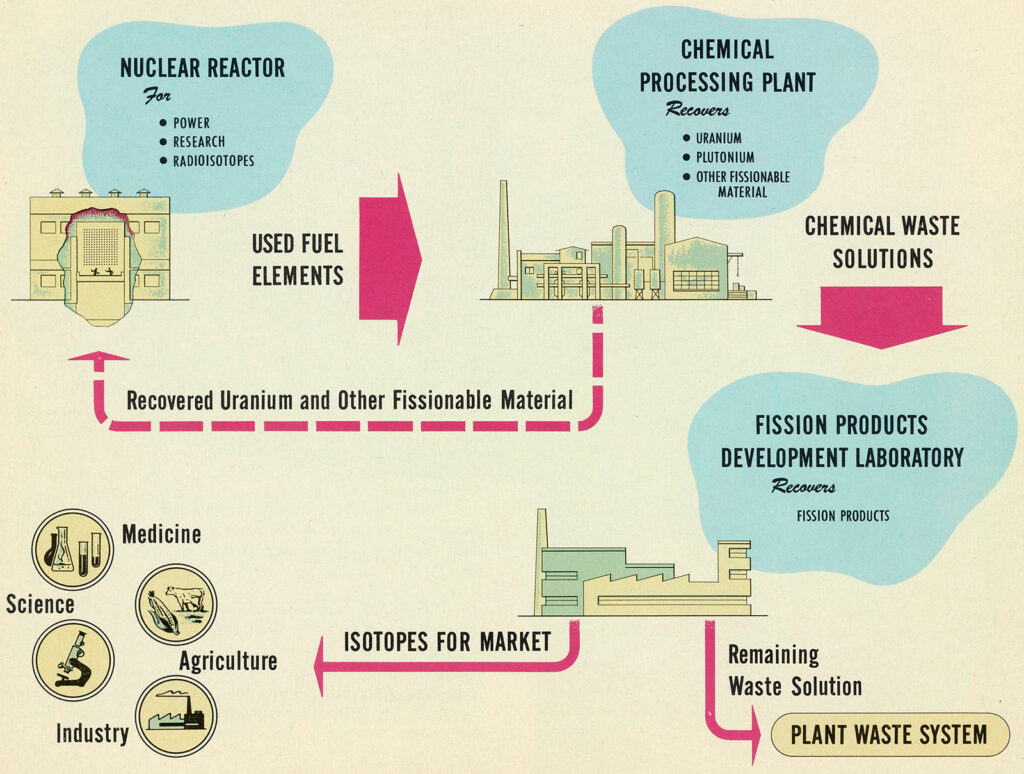
Language Barriers
Sending messages into the future isn’t as straightforward as it might seem. Language, for example, evolves over time; a thousand years ago English as we know it did not exist. Tamil, considered the oldest language still spoken, is only 5,000 years old, and it has evolved to the point where only a Tamil scholar can understand its oldest texts, written about 2,000 years ago. There is simply no way to predict the languages future generations will use.
As the Human Interference Task Force pointed out, the Rosetta stone enabled the translation of hieroglyphics—unlocking an entire language—thanks to the inclusions of two identical messages in two known languages. Even so, it took 23 years for its symbols to be translated in full. And the Egyptians who inscribed it, the task force writes, “had no way of knowing that Greek would survive longer than their own language.”
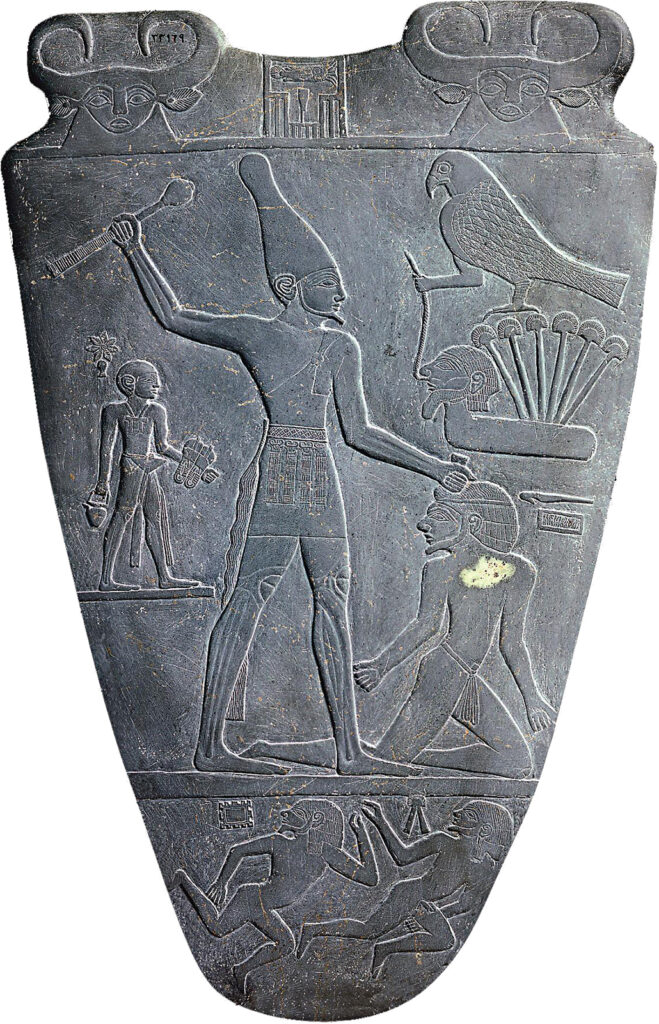
Visual media have their own drawbacks. While maps marking the location of a waste site could be placed in repositories around the world, there’s no guarantee people in the future would know to seek out such a map or that its message would be understood. A cartoon showing someone becoming ill after exposure to nuclear waste read from left to right might provide a clear warning; if read from right to left, the same drawing could appear to describe a miracle cure. Cultural context can also affect the way an image is interpreted. As task force member Thomas Sebeok noted, it may be impossible to tell from a simple pictorial image whether a group of figures holding spears are hunting, fighting, or partying. If images are used, they need careful forethought to avoid ambiguity and multiple ways of providing a warning to ensure the context is understood.
Oral traditions have some evidence of lasting. Icelandic sagas recounting events from the 10th century have been found to be accurate, while we still tell the (albeit highly mythologized) story of the Trojan War, believed to have occurred more than 3,000 years ago. But while there is evidence of oral traditions that have survived close to the time frame needed for nuclear containment—between 7,000 and 10,000 years—modern societies have consistently ignored such generational knowledge.
In Japan “tsunami stones” have stood for centuries as reminders to avoid building below them in case of tidal waves. In 2011, when the Tōhoku earthquake caused a tsunami, villages above the stones were safe; structures below the stones—including the Fukushima Daiichi nuclear power plant—suffered catastrophic damage. In Canada, Inuit oral traditions had recorded exactly where John Franklin’s 1845 expedition to navigate the Northwest Passage became trapped in the ice, including how its members had died; the British refused to believe the Inuit tales, and the expedition’s two ships, Erebus and Terror, remained undiscovered until 2014 and 2016, respectively.
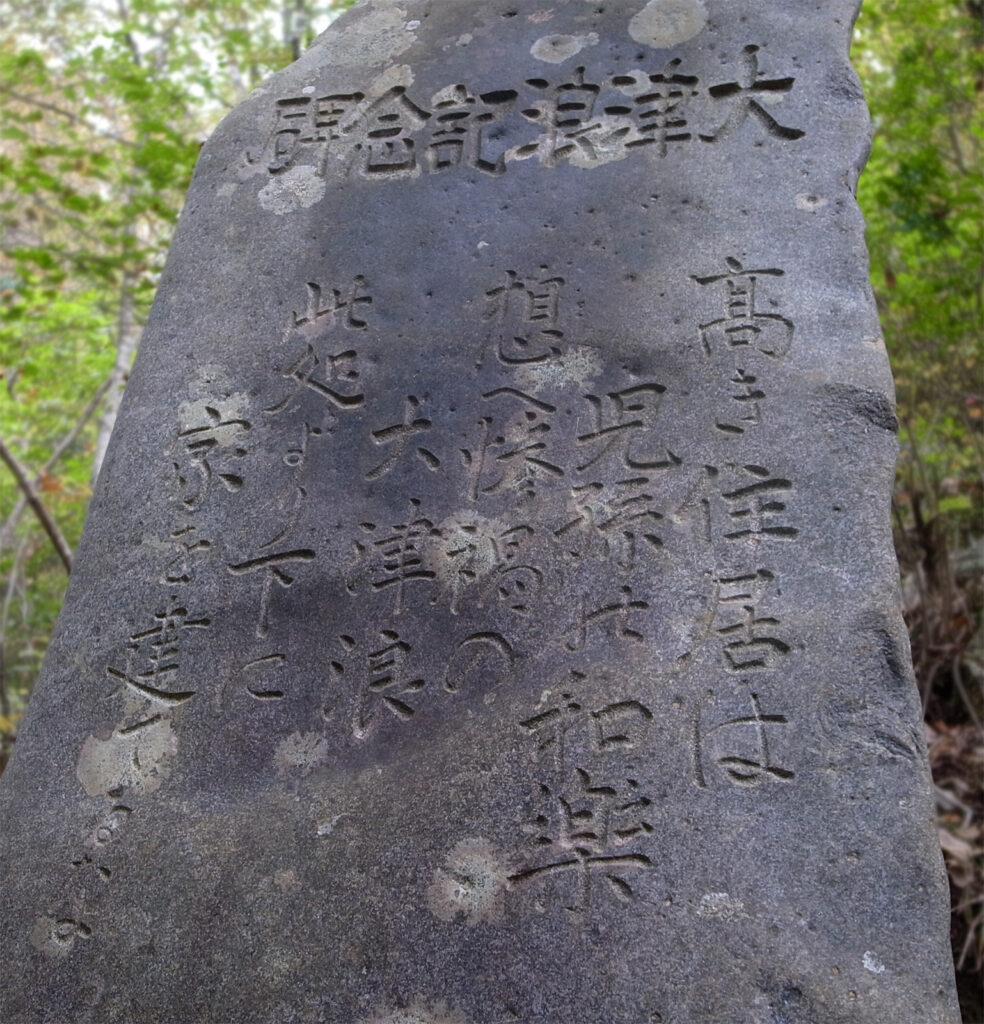
Even if a warning is recognized as such by future generations, it could easily trigger the wrong effect—either by accident or on purpose. For example, the skull and crossbones symbol typically represents death in Western society, but there is no guarantee that this association will continue. And while the dynasties of ancient Egypt left elaborate curses on tombs to ward off grave robbers, the hexes did not deter looters or archaeologists, who if anything took such warnings as a sign of potential treasure.
Finally, these problems all assume the message itself survives. The Human Interference Task Force’s goal was to leave a message that could last 10,000 years, or around 300 generations. The oldest known writings, contained on tablets and carved slabs, are about 5,000 years old. Any message would have to endure weathering and potential changes to the climate and be easily found by anyone who stumbled on the disposal site. It would need to be a message that could be understood both by those purposefully trying to break into the vault and by people inadvertently interfering with the waste, such as drillers who might find themselves in the wrong place.
The task force decided to get creative.
Cats and the Atomic Priesthood
The task force’s recommendations for protecting the waste were varied and sensible. It suggested placing the site away from human settlements and natural resources, thus reducing the chance of discovery. It recommended various levels of defense so that even if one warning was ignored or overlooked, another might be effective.
Designs were drawn up for “central monuments” flanked by warning markers, a kind of giant, modern-day Stonehenge. Asphalt would be used as a sealant and a stabilizer for the monuments, protecting them from natural weathering for several thousand years, at minimum. But these plans, the task force acknowledged, didn’t focus on the key issue—how to communicate the message.
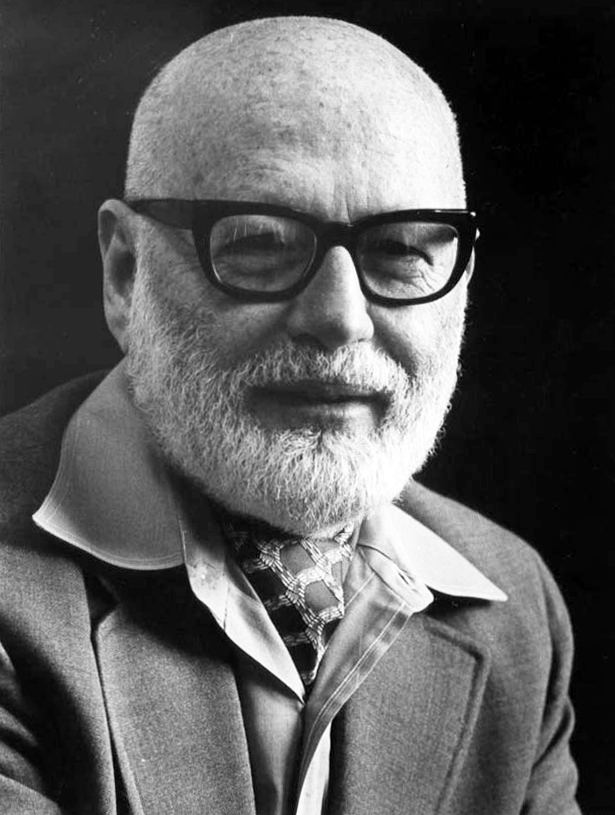
Sebeok, an Indiana University semiotician—that is, an expert in signs and symbols—was asked to consider the problem. The professor outlined his ideas in a report, Communication Measures to Bridge Ten Millennia. In it he explains the basic elements of human communication and tries to expand readers’ concepts of what a message can look like. For example, he contemplates a message in the form of an intense, foul odor to drive people away from a waste site. But in the same breath he undercuts the idea, musing that future generations might choose to explore with robots or automatons that wouldn’t smell the warning. His point is simple: when trying to transmit a message across millennia, no single method is foolproof. Variation and redundancy are essential. “All channels that seem technically feasible should be utilized,” he writes. But to illustrate his point, Sebeok offers a scheme that challenges the notion of “feasible.”
Citing Pandora’s box and the power of myth to pass down warnings, he proposes a religious mythology, something that could transcend culture and geographical location and establish a lasting folk memory. Annual rituals would establish superstitions to warn people away from the waste sites. “The actual ‘truth,’” Sebeok writes, “would be entrusted exclusively to—what we might call for dramatic emphasis—an ‘atomic priesthood,’ that is, a commission of knowledgeable physicists, experts in radiation sickness, anthropologists, linguists, psychologists, semioticians, and whatever additional expertise may be called for now and in the future.” Such a “priesthood” would form the framework of a “relay system” to update the messaging around the site every few generations. One flaw with this plan, Sebeok confesses, is that nothing like it has ever been tried. The closest precedent folklorists could come up with were the ineffective pharaohs’ curses.
Other, even more outlandish proposals followed. First among them was Françoise Bastide and Paolo Fabbri’s proposal to breed color-changing cats. Felines have lived side by side with humans for thousands of years. What if they could be used, like canaries in a coal mine, to highlight radioactivity? The duo wrote,
If your cat changes color, it’s time to run away.
The ideas kept coming. Polish science-fiction writer Stanisław Lem suggested breeding “information plants,” whose DNA, when deciphered, included a warning. But the idea assumed people would think to sequence the plants before investigating the big, shiny tomb-thing or that the plants wouldn’t mutate and cross-fertilize, degrading the message. So Lem also proposed creating satellites that could beam down warnings to anyone listening—although that would imply the ability to detect and decipher such broadcasts.
Philipp Sonntag, from the Social Science Center in Berlin, went even further: he proposed building an artificial moon, with the information “stored in its cellar.”
Unsurprisingly, none of the ideas proposed were ever acted on. But the search for a way to talk to the future was not over.
This Is Not a Place of Honor
While outlandish ideas were shelved, the problems of marking nuclear waste repositories continued into the 21st century for countries such as the United States, United Kingdom, Germany, and Sweden.
In 1993 Sandia National Laboratories put together its own report, which focused on preventing intruders from reaching the Waste Isolation Pilot Plant, or WIPP, a deep geological facility for storing nuclear waste in New Mexico. The waste is stored more than 2,000 feet below ground in a salt formation that has been stable for 250 million years. But what was to be done on the surface?
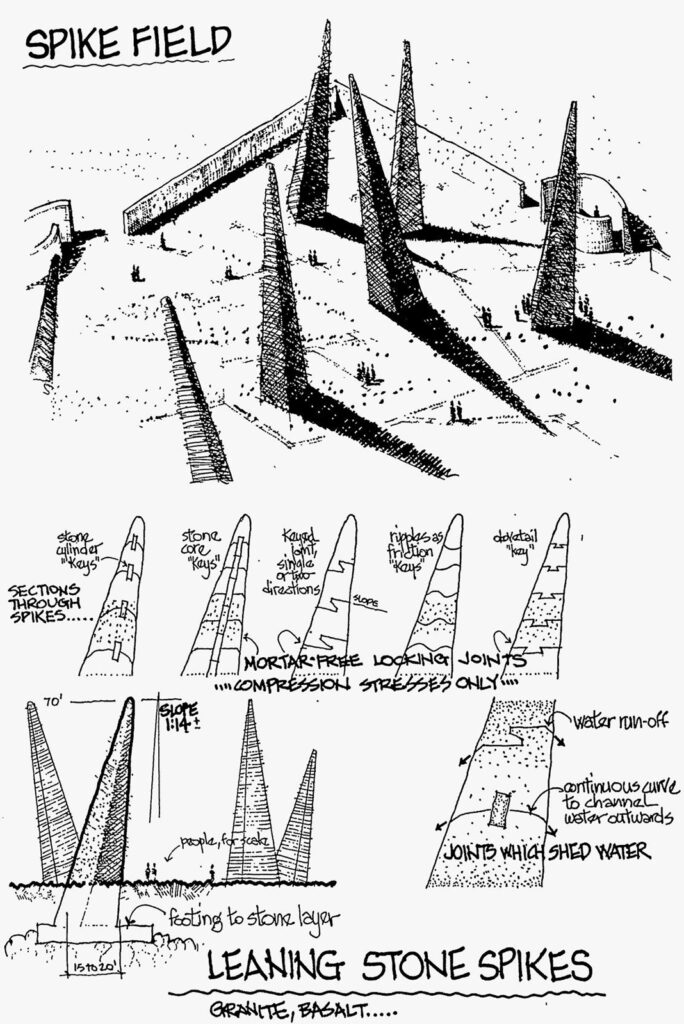
The Sandia planners looked at a host of options, including giant granite spikes designed to scare and intimidate, and a “black hole,” a large, basalt or concrete slab designed to be terrifying. This was part of a “physical language” that humans would recognize as hostile. Ultimately, the team decided to erect thirty-two 25-foot-tall granite pillars surrounded by an earthen wall, with a giant granite room at the center of the site containing warnings in seven languages (English, Spanish, Russian, French, Chinese, Arabic, and Navajo), with space for more languages to be added over time. The message would also include phrases such as “this is not a place of honor . . . what is here was dangerous and repulsive to us . . . the danger is still present, in your time, as it was in ours. The danger is to the body, and it can kill.” The plans are still being formalized and are expected to be submitted to the U.S. government in 2028; when dealing in millennia, a few decades of careful thought doesn’t hurt.
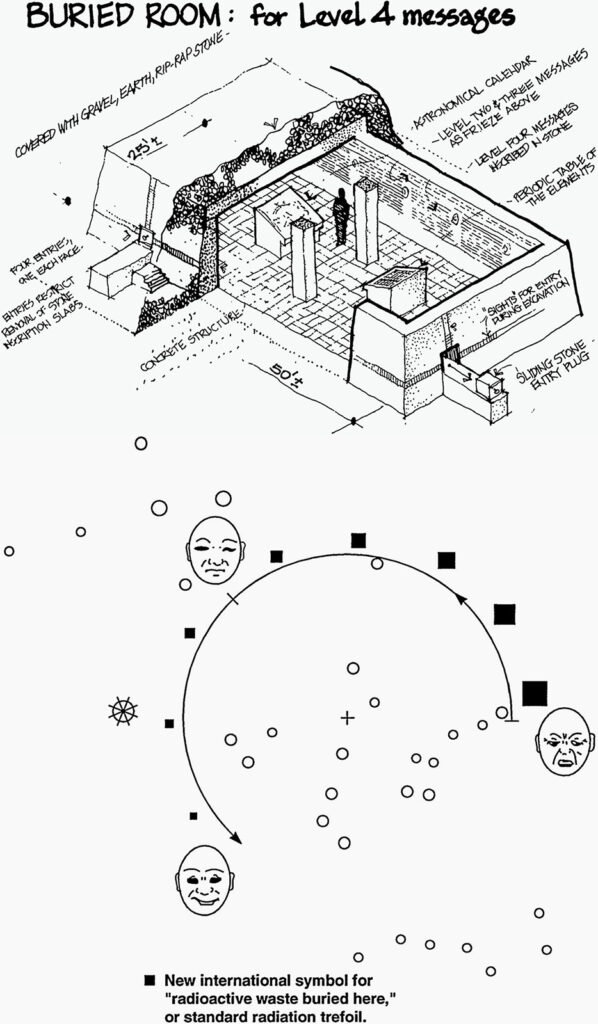
Despite decades of effort from some of the world’s best minds, we still haven’t come up with a simple, surefire way to warn future generations of the dangers of radioactive waste. With that in mind, European officials are wondering if we need to leave a message at all.
Finland’s spent-nuclear-fuel repository is scheduled to come online in 2023. Built in Eurajoki on the country’s west coast, the facility, named Onkalo, will also see waste placed deep underground, sealed in boron steel and copper capsules that should survive for 100,000 years. Rather than mark the site with elaborate structures, the Finnish approach is far simpler—around 2120 they’re going to bury the facility, leave no markings of any kind, and hope nobody digs there.
It’s a risky strategy; after all, it’s hard to hide a giant mine from the world, and a single accident, even in such a remote location, could be enough to expose the waste to humans of the far future. But the Finns reckon we’re overlooking a simple fact: we’re assuming that future humans won’t be smart enough to know what radioactivity is or what a nuclear waste site could look like. And if civilization’s collapse wipes away future generations’ knowledge of radioactivity and leaves them unaware of the dangers of nuclear waste, any survivors would have far bigger problems than accidentally opening the wrong door.
Perhaps we don’t need to speak to the future after all. Perhaps it’s enough to believe that the future is smart enough to listen.



